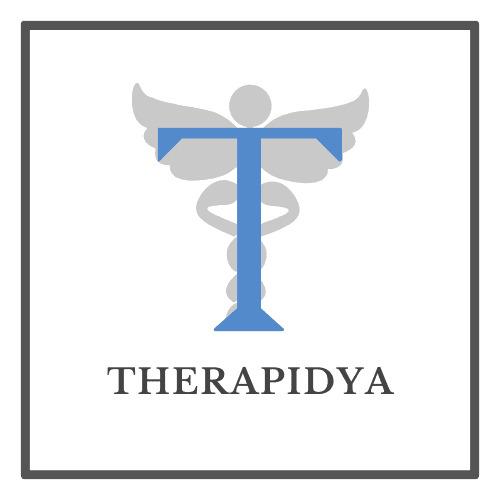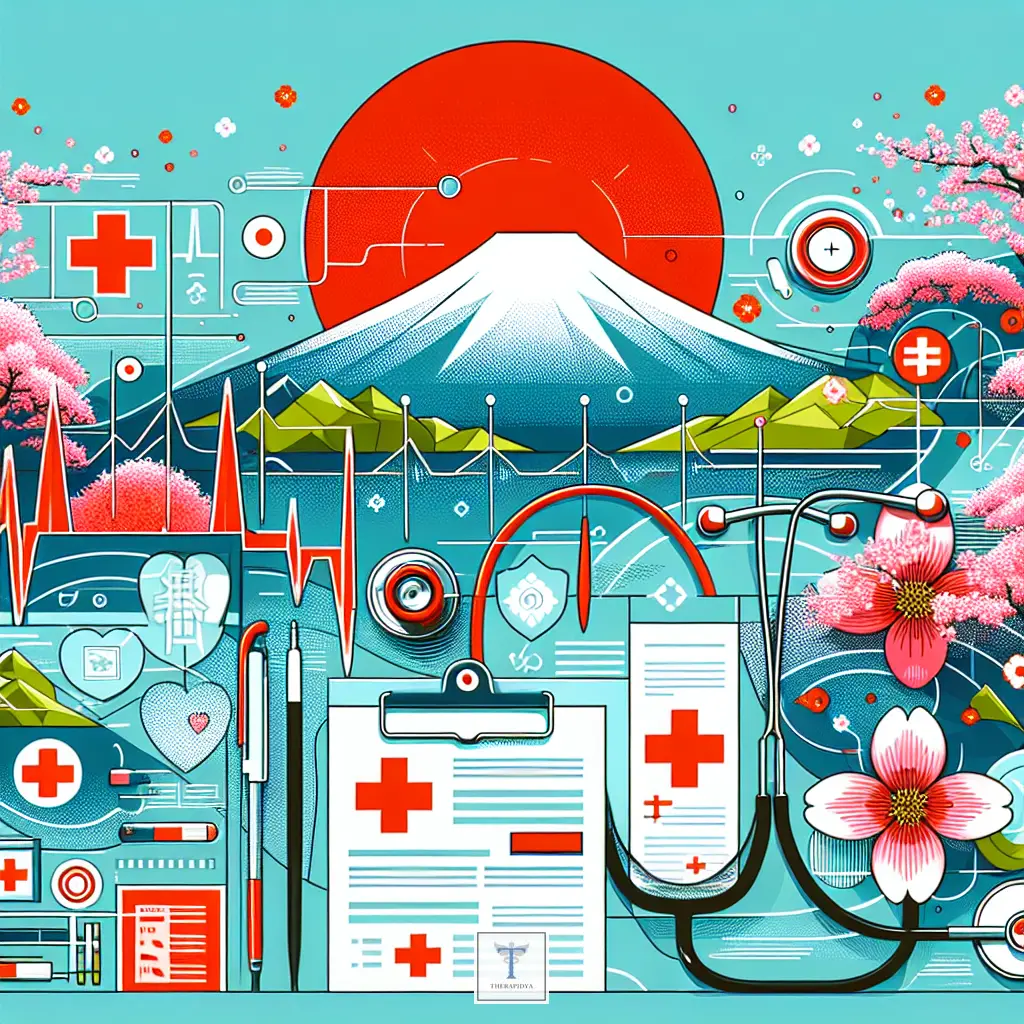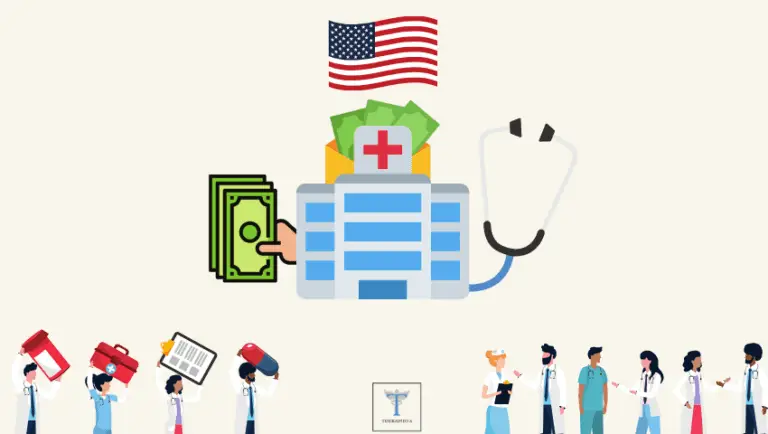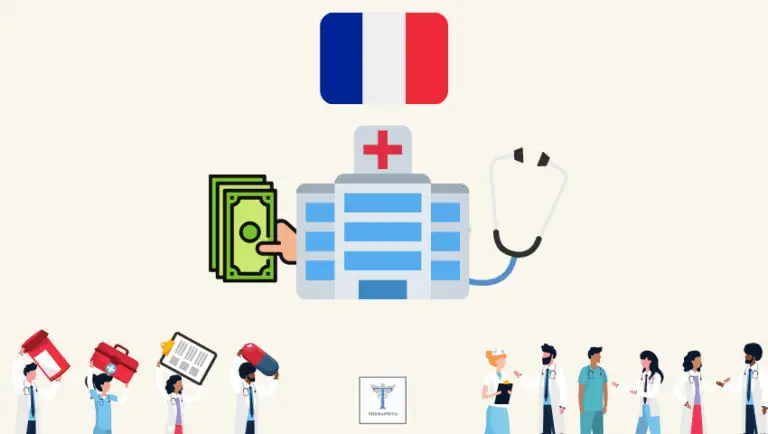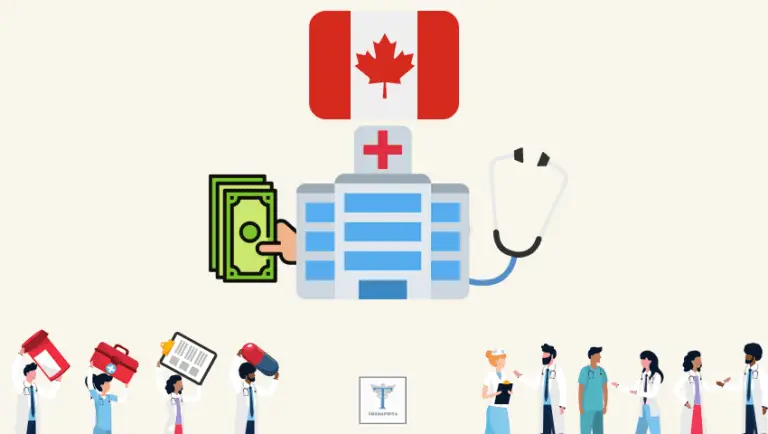Healthcare System in Japan | Universal Coverage | Efficient Service Delivery | Full Guide 2024
An Overview of Japan’s Renowned Healthcare System
Deep within the heart of the East, shaped by a rich culture and forward-thinking principles, lies Japan – a nation known not only for its technological advancements and ancient traditions but also for its efficient and comprehensive healthcare system. Japan offers an exemplary model of how a country, despite a dense population and challenges such as a high elderly demographic, provides universal healthcare coverage that is both accessible and of high quality.
The Pillars of Japanese Healthcare: Universal Coverage
In Japan, the concept of universal coverage is rooted in the ethos of social solidarity. Healthcare is seen as a fundamental right – a harmonious chord that echoes through the corridors of hospitals and clinics across the archipelago. Here’s how Japan achieves this ethos:
- Health Insurance for All: From the neon-lit streets of Tokyo to the tranquil shores of Okinawa, every resident is required to have health insurance, either through work-based programs or the National Health Insurance system (国民健康保険, Kokumin Kenkou Hoken).
- Subsidized Costs: Medical costs are tightly regulated by the government, ensuring that patient co-payments remain affordable. Typically, patients are responsible for 30% of healthcare costs, with the government and insurance covering the rest.
- Safety Nets: Subsidies and caps are in place for low-income individuals, the elderly, and those with chronic illnesses, protecting them from high medical expenses and embodying the principle of mutual aid (互助, Gojo).
A Symphony of Efficient Service Delivery
The grace and discipline ingrained in Japanese culture are reflected in the nation’s healthcare provision. Efficient service delivery is a keystone. It manifests in several aspects:
- Advanced Appointments: Almost unheard of are the long queues that plague many healthcare systems. In Japan, appointments are meticulously scheduled to ensure smooth service flow.
- Pharmaceutical Access: The country’s stringent drug approval process ensures patients receive medications that are both safe and effective, reflecting the value placed on the well-being of the public.
- Innovative Medical Technology: Japan’s healthcare providers leverage cutting-edge technology, from robot-assisted surgeries to electronic medical records (電子カルテ, Denshi Karute), enhancing accuracy and turnaround times.
The Dance of Cost Efficiency and High Quality
Ensuring high quality in healthcare is akin to the meticulous art of Japanese calligraphy — it requires a steady hand and a keen eye for detail. Japan’s system balances cost containment with quality control:
- Regulated Fees: A government-set fee schedule strictly determines what providers can charge for services. This creates uniformity and predictability in healthcare pricing.
- Continuous Improvement: A relentless pursuit of perfection, or ‘Kaizen’ (改善), is visible in the healthcare sector’s culture. Practices and protocols are regularly reviewed for improvement opportunities.
- Healthcare Providers’ Support: Doctors and nurses in Japan are highly trained and numerous, further inches the quality of care towards excellence.
Challenges and Innovations on the Horizon
Japan, like any model, is not without its trials. With the world’s fastest-aging population, the healthcare system faces an imminent need to adapt. The Japanese continue to tackle these issues head-on, paving the way with innovative approaches like community-based integrated care systems (地域包括ケアシステム, Chiiki Hōkatsu Kea Shisutemu) and leveraging telemedicine to reach the most secluded areas.
A Full Guide 2024: Navigating Japanese Healthcare
For the potential expat, traveller, or interested international observer, understanding the Japanese healthcare system in 2024 is vital:
- Registration: Upon moving to Japan, registration for health insurance should be top of the agenda. Health insurance cards (保険証, Hokensho) will be your key to accessing services.
- Seeking Medical Assistance: For minor ailments, clinics (クリニック, Kurinikku) are the first stop, while hospitals (病院, Byouin) are equipped for more serious conditions. English-speaking providers are increasingly commonplace in urban areas.
- Understanding Medications: Prescriptions are filled at pharmacies (薬局, Yakkyoku), and pharmacists can often provide valuable advice on medication usage and side effects.
The weave of Japan’s healthcare tapestry is intricate and stunning, a reflection of a philosophy that values the collective well-being. As we tread into 2024, the lessons from this island nation’s healthcare system continue to inform global debates on efficient, equitable medical care delivery.
Whether enshrouded in the cherry blossoms of renewal or in the crisp air that heralds technological advancements, Japan’s healthcare system remains an enduring emblem of universal coverage and efficient service delivery — a guide for the world and a testament to human-centric development.
In Japan, the promise of healthcare for every soul remains as steadfast as the rising sun, casting its nurturing light onto the path of health and longevity.
